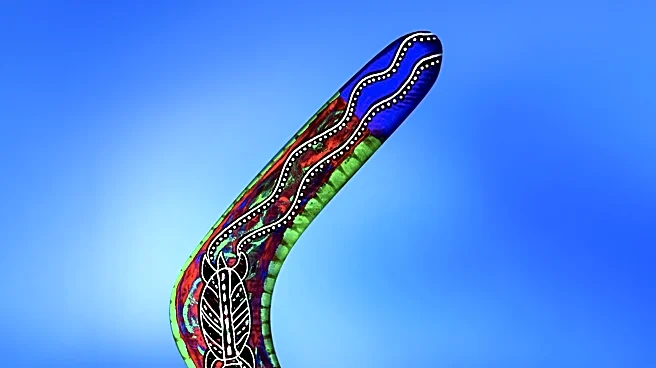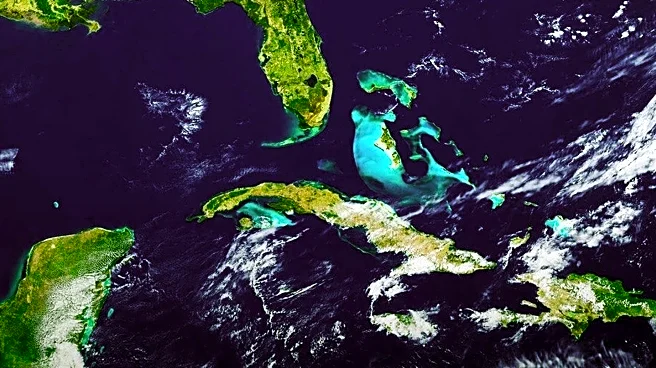What's Happening?
ABC News' Danny New reports on the use of woolly worm caterpillars to predict winter weather conditions. These caterpillars, known for their distinctive black and brown bands, are believed by some to indicate
the severity of the upcoming winter. The folklore suggests that the width of the bands can forecast the coldness and snowiness of the season. This method of prediction is part of a broader tradition of using natural indicators to anticipate weather changes.
Why It's Important?
The use of woolly worms as weather predictors highlights the intersection of folklore and meteorology. While not scientifically proven, such traditions are part of cultural heritage and can influence local communities' preparations for winter. Understanding these practices can offer insights into how people historically adapted to environmental changes. Additionally, it underscores the importance of community engagement with nature and the environment, fostering a connection that can be crucial in discussions about climate change and ecological awareness.
What's Next?
As winter approaches, communities that follow this tradition may continue to observe woolly worms and share predictions. Meteorologists might compare these folk predictions with scientific forecasts to evaluate their accuracy. This could lead to discussions on the validity of traditional methods versus modern technology in weather prediction. Furthermore, increased interest in such practices might encourage educational initiatives about local ecology and climate science.
Beyond the Headlines
The reliance on woolly worms for weather prediction raises questions about the role of traditional knowledge in contemporary society. It invites a broader conversation about how indigenous and local practices can contribute to scientific understanding. This could lead to a reevaluation of how traditional ecological knowledge is integrated into modern environmental policies and education.












